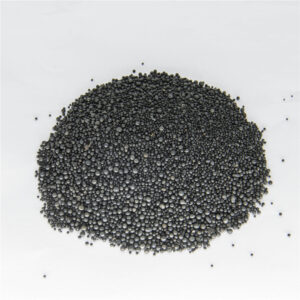Al2O3-based ceramic foundry sand is synthetic sand with a greater refractoriness of 1800 °C. Ceramic foundry sand is used extensively in the foundry industry as molding and core sand because of its nearly completely spherical shape, which offers good flow properties and gas permeation. Without sacrificing core strength, it is possible to save up to 50% on the binder in core production when compared to other sands. At the same time, castings made with Ceramic sand for foundries have exceptional surface finishes.
Features:
- Stable grain size distribution and air permeability
- Stable component composition
- High refractoriness (1800°C)
- High resistance to wear, crush, and thermal shock
- Little thermal expansion
- Excellent fluidity and filling efficiency because of being spherical
- Highest reclamation rate in the sand loop system
Application sand foundry processes:
Resin coated sand process
Cold box and warm box sand process
3D sand printing process
No-bake resin sand process (Include Furan resin and Alkali phenolic resin)
Investment process/ Lost wax foundry process/ Precision casting
Lost weight process/ Lost foam process
Water glass process
Ceramic Foundry Sand Property
| Main Chemical Component | Al₂O₃ 70-75%, Fe₂O₃<4%, |
| Grain Shape | Spherical |
| Angular Coefficient | ≤1.1 |
| Partical Size | 45μm -2000μm |
| Refractoriness | ≥1800℃ |
| Bulk Density | 1.8-2.1 g/cm3 |
| PH | 6.5-7.5 |
| Application | Steel, Stainless steel, Iron |

